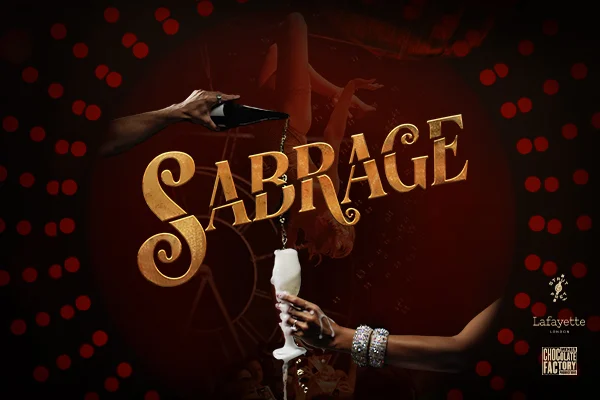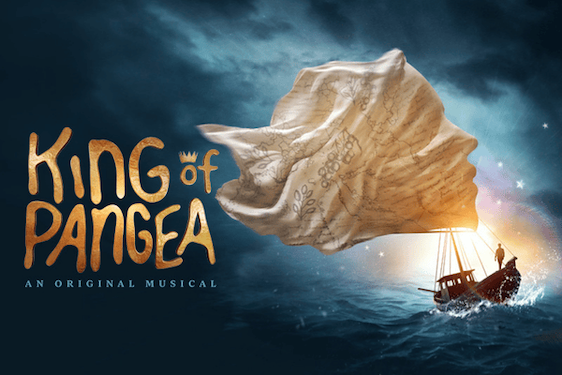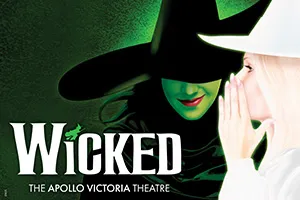Alexithymia is a short play about conflicting human emotions and the disability to connect with your inner feelings. The narrative comes to life with projections, shadow figures and puppets. The play offers some visual eye candy, but the dialogue falls flat.
Alexithymia feels like a college art project, which it actually is.
If you enjoy watching colours and bubbles blend into swirling water, you’ll like the first part. It is very meditative with an interesting soundscape to match. This was the best part of the performance, especially when you could see the artist making the reflections on a projected surface. It rose my curiosity and led to expect something interesting to follow. Unfortunately, I was dragged away from my enjoyable mindfulness moment into a very mundane dialogue.
The story follows the inner turmoil of Friend, a character who has broken apart as a result from losing their ability to understand emotions. The two conflicting emotions are represented by a shadow puppet Sadness/ Fear/Anger and a Sesame Street lookalike Happiness. The big takeaway from the dialogue is that our bodies have a potential for both anger and happiness. Who would have known! Predictable scriptwriting is a shame really, because the topic could have been developed into something interesting.
Alexithymia is a dysfunction in emotional awareness, social attachment and interpersonal relations. High levels of alexithymia occur in approximately ten percent of the population. They have difficulty in distinguishing and appreciating the emotions of others, which leads to unempathetic and ineffective emotional responses. Sounds like the makings of a sociopath. There is even a thing called normative male alexithymia, which stems from conforming to the western cultural notions of masculinity. Reading about Alexithymia on Wikipedia was more interesting than the performance.
Alexithymia feels like a college art project, which it actually is. It is the American artist Madison Weinhoffer’s thesis performance from Columbia College in Chicago. Her goal was to connect art with neuroscience, so in hindsight, I suppose the blending colours and bubbles into water represented brain activity. I certainly didn’t make the connection while watching the play. The visual side of the performance was pleasing to the eye with some clever stage work and good lighting. The dialogue, however, felt rather patronizing and dull. Speaking too loud into cheap microphones doesn’t help either.
Alexithymia is a pre-recorded 25-minute video performance, so don’t be fooled to believe that it is a live online show because it is scheduled to start every day at 6 pm. In such a short play, there were too many conflicting styles and not enough room to develop any ideas further. The idea of being attacked by your inner saboteur is interesting and with better dialogue, I might have cared about what happens to the lead character. Bizarre, yes. Memorable, not really.


















